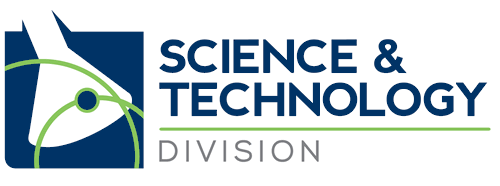1.1K
Review by Karen Tkaczyk
One of the strong themes I observed at the 2014 Annual Conference was that we all need to tell our own story. I had no idea when I targeted the session named “Updating your Knowledge of Sci-Tech Innovations” by Patricia Thickstun as one of my top priorities that this session would fit beautifully into that theme, as well as giving me what I had expected. As Patricia told us her structured method for keeping up with new scientific and technical innovations, she told us her personal story in a most engaging way.
Patricia began with what she called her personal taglines. The idea behind the taglines was to show us the big picture behind her career—I would call it her professional worldview. These were similar in purpose to a mission statement but more engaging and pithy. These taglines gave us a great idea of what drives Patricia and how she has achieved all that she has over her career. She encouraged us to consider our own tag lines.
The remainder of the session’s outline was straightforward:
- Learn how to identify strategies and resources for developing our knowledge base
- Learn how to increase knowledge of recent innovations
- Learn how to be able describe innovations in our specialized fields
Many of us identify desired outcomes and assess results haphazardly. Patricia explained a straightforward logical method where updating our knowledge of Sci-Tech innovations was the desired outcome. We identify interests, resources, and activities that will achieve the outcomes, then assess results.
After she had gone through the fundamentals she explained how to apply the methods we identified on a routine basis. Patricia showed us how to do this using her interests and resources as examples. She has daily, weekly, monthly, quarterly and annual tasks. Again using her interests and effectively telling her personal story, we were able to see how we can continually improve our knowledge over years, changing the goals and interests over time when we reflect and change our goals.
Patricia’s handout was a worksheet for us to apply the same process to our own practice. To do so we need to consider our own interests, training and experience, and how that compares with what we want to be translating. Here are some of Patricia’s examples; we all need to craft our own though.
Daily: read the term queries on a mailing list for patent translators
Weekly: add new terminology to termbase
Monthly: Participate in a virtual webinar
Quarterly: Visit a science or technology museum
Annually: Read the journal Nature’s annual review
By the end of the session I had jotted the start of my list and ideas of things I ought to add to my routine. I also realized I have a tag line—something I’ve said repeatedly over the years in response to being told I worked in a narrow field: “I only need enough work for me.” I first said it when I was advised that there wasn’t enough work in chemistry and I ought to add another specialization. I credit being highly specialized with my success and that is part of my personal story. Now if I complete Patricia’s worksheet using the guidance she gave, I can find others, and begin to tell the whole tale.

